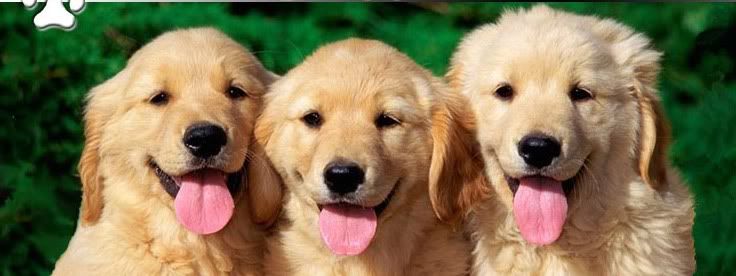Dog aggression cures
Dog aggression cures
What’s resource guarding? Why do dogs have them?
Resource guarding is pretty common among dogs and almost all k9 breeds out there.
Let me take a moment to explain this concept to you: dogs are packed animals from the wild and its implanted ion their instinct. To your dog, the family environment is no different to the dog-pack environment just like the wolves in some forest. Resource guarding is a classic example of dominant behavior: only a higher-ranked dog (a “dominant” dog) would act aggressively in defense of resources.
Socialization doesn’t just stop with puppy preschool, though. It’s an ongoing effort throughout the life of your puppy and dog: he needs to be taken to a whole bunch of new places and environments. Remember not to overwhelm him: start off slow, and build up his tolerance gradually.
- Aggression towards family members
- There are two common reasons why a dog is aggressive towards members of his own human family:
- He’s trying to defend something he thinks of as his from a perceived threat (you).
This is known as resource guarding, and though it may sound innocuous, there’s actually a lot more going on here than your dog simply trying to keep his kibble to himself.
- He’s not comfortable with the treatment/handling he’s getting from you or other members of the family.
What’s resource guarding?
Resource guarding is pretty common among dogs.
The term refers to overly-possessive behavior on behalf of your dog: for instance, snarling at you if you approach him when he’s eating, or giving you “the eye” (a flinty-eyed, direct stare) if you reach your hand out to take a toy away from him.
All dogs can be possessive from time to time – it’s in their natures. Sometimes they’re possessive over things with no conceivable value: inedible trash, balled up pieces of paper or tissue, old socks. More frequently, however, resource-guarding becomes an issue over items with a very real and understandable value: food and toys.
Why does it happen?
It all boils down to the issue of dominance. Let me take a moment to explain this concept: dogs are pack animals. This means that they’re used to a very structured environment: in a dog-pack, each individual animal is ranked in a hierarchy of position and power (or “dominance”) in relation to every other animal.
Each animal is aware of the rank of every other animal, which means he knows specifically how to act in any given situation (whether to back down, whether to push the issue, whether to muscle in or not on somebody else’s turf, etc).
To your dog, the family environment is no different to the dog-pack environment. Your dog has ranked each member of the family, and has his own perception of where he ranks in that environment as well.
This is where it gets interesting: if your dog perceives himself as higher up on the social totem-pole than other family members, he’s going to get cheeky. If he’s really got an over inflated sense of his own importance, he’ll start to act aggressively.
Why? Because dominance and aggression are the exclusive rights of a superior-ranked animal.
No underdog would ever show aggression or act dominantly to a higher-ranked animal (the consequences would be dire, and he knows it!) Resource guarding is a classic example of dominant behavior: only a higher-ranked dog (a “dominant” dog) would act aggressively in defense of resources.
To put it plainly: if it was clear to your dog that he is not, in fact, the leader of the family, he’d never even dream of trying to prevent you from taking his food or toys – because a lower-ranking dog (him) will always go along with what the higher-ranking dogs (you and your family) say.
So what can I do about it?
The best treatment for dominant, aggressive behavior is consistent, frequent obedience work, which will underline your authority over your dog. Just two fifteen-minute sessions a day will make it perfectly clear to your dog that you’re the boss, and that it pays to do what you say.
You can make this fact clear to him by rewarding him (with treats and lavish praise) for obeying a command, and isolating him (putting him in “time-out”, either outside the house or in a room by himself) for misbehavior.
- If you’re not entirely confident doing this yourself, you may wish to consider enlisting the assistance of a qualified dog-trainer.
- Brush up on your understanding of canine psychology and communication, so that you understand what he’s trying to say
– This will help you to nip any dominant behaviors in the bud and to communicate your own authority more effectively - Train regularly: keep obedience sessions short and productive (no more than fifteen minutes – maybe two or three of these per day).



